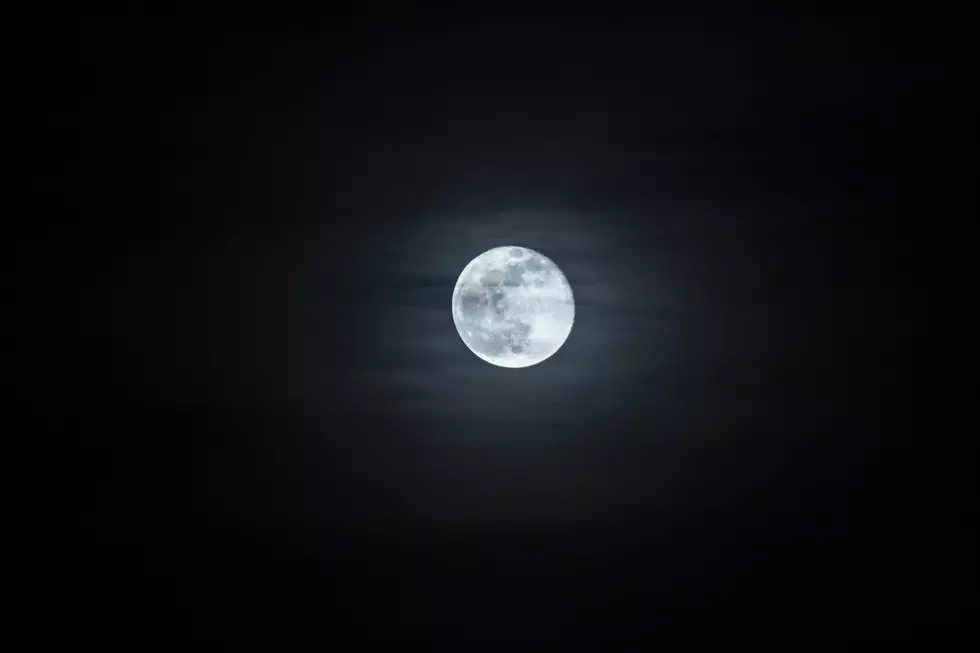
This Month’s ‘Snow Moon’ Has More Meaning For Texans This Year
While we Texans usually have an appreciation for the special "full moons" that grace us with their beaming presence throughout the year, I've got a feeling that this one will feel more special to us.
Although the February Snow Moon tends not to get the press that some of the others do, since our week of extreme winter weather, and plenty of snow, it has extra press built right in.
Why is it called the "snow moon?"
Just like the rest of the titles given to full moons in say, The Old Farmer’s Almanac, the names derive from various places. Some of these include, European sources. But many derive their name from Native American and/or Colonial American sources.
Another interesting tidbit: Back in the "olden days," the full moon names didn't just apply to the moon, but to the entire lunar month in which it fell.
Unlike some of the others, the Snow Moon got its name largely because typically February is, on average, the snowiest. based on information from the National Weather Service.
The Old Farmer's Almanac reports that, "in the 1760s, Captain Jonathan Carver, who had visited with the Naudowessie (Dakota), wrote that the name used for this period was the Snow Moon, 'because more snow commonly falls during this month than any other in the winter.'"
Makes sense.
If you wanna get the best look at the Snow Moon, make plans to watch the Friday night before (February 26). However, the official peak is expected to be around 2:19 a.m. CST, early Saturday morning. So you may want to set that alarm if you want to behold the super moon in all of it's glory.
Or, I suppose you could just stay up and howl at the moon as it rises--although your neighbors may not approve.
More specifics and measurements for you more cerebral types can be found right here.
LOOK: The Most Anticipated Movies of 2021
More From 101.5 KNUE









